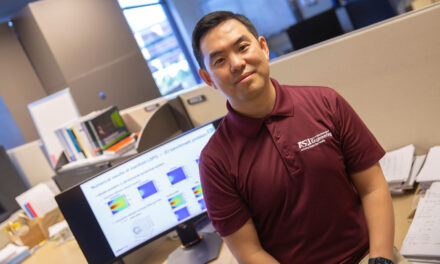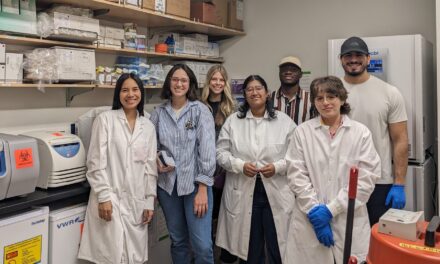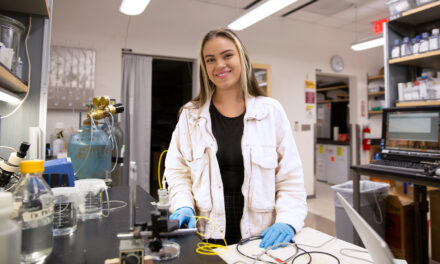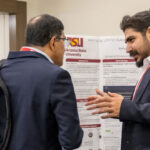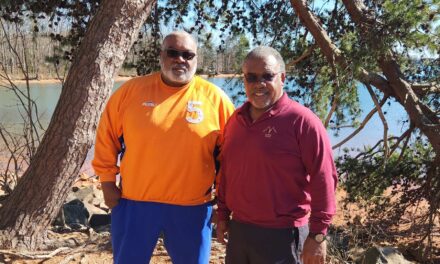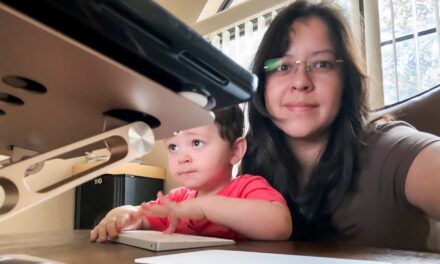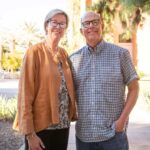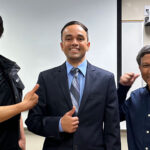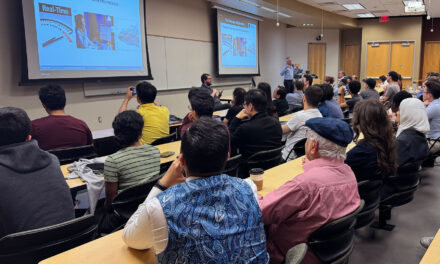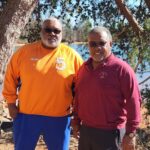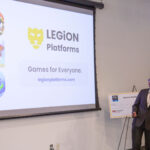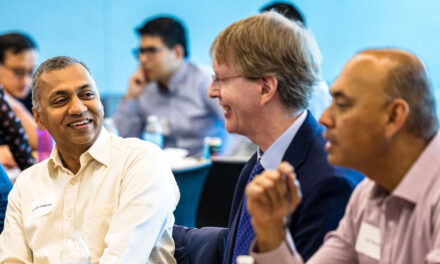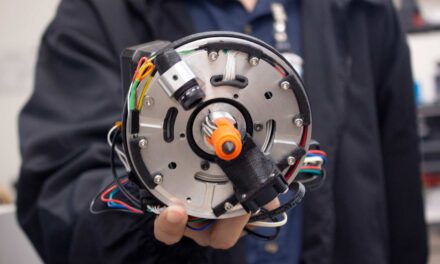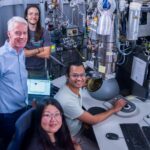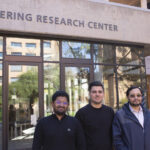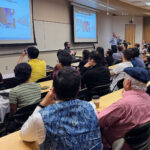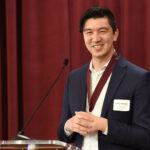
Fulton Schools faculty secure DURIP funding
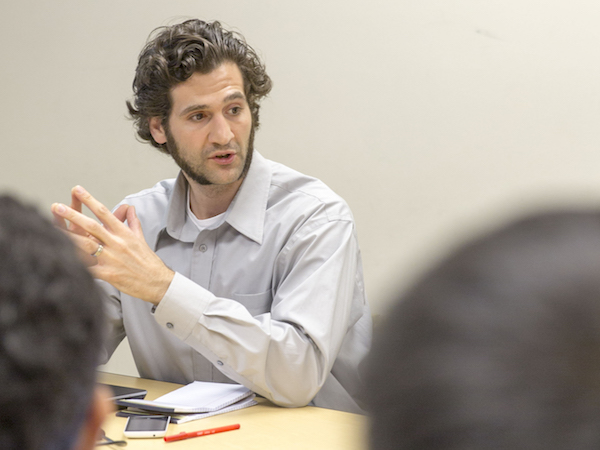
Three professors in the Ira A. Fulton Schools of Engineering at Arizona State University have been selected for awards through the 2016 Defense University Research Instrumentation Program by the U.S. Department of Defense.
A total of 176 university researchers at 96 academic institutions have been selected to receive the awards that will total $50.1 million. ASU has received 16 DURIP awards over the past four years, tied for sixth most in the nation.
Yong-Hang Zhang, an electrical engineering professor and the director of ASU NanoFab, received a pair of awards, the first was $87,609 and the second award was $132,261. Nikhilesh Chawla, a Fulton Professor of Materials Science and Engineering, received $506,630 and Paulo Shakarian, an assistant professor of computer science and engineering, received $53,450.
The highly competitive program supports the purchase of state‑of‑the‑art equipment that augments current university capabilities or develops new capabilities to perform cutting‑edge defense research and associated graduate student research training.

Yong-Hang Zhang
Yong-Hang Zhang
School of Electrical, Computer and Energy Engineering
Zhang, the director of ASU NanoFab, and co-PI Shane Johnson, a research scientist in the Fulton Schools, will use the first award to purchase a Rapid Thermal Processing tool. This RTP tool has advanced processing capabilities that currently do not exist in the NanoFab or at ASU.
“These capabilities will allow NanoFab’s hundreds of users to process novel electronic and optoelectronic devices that have DOD and commercial applications,” Zhang says. “It will also help us train next-generation engineers and scientists.”
The tool will be installed in the NanoFab’s cleanroom in the Engineering Research Center and thus provide a shared resource to optimize the utilization of limited cleanroom space and maximize the return of the investment of tax payers’ money.
Zhang’s second award will be used to upgrade a unique MBE System equipped with various different diffusion cells for the integration of heterovalent materials, such as the integration of dissimilar semiconductors cadmium telluride and indium antimonide on top of each other.
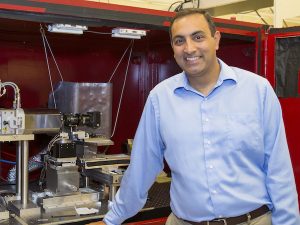
Nikhilesh Chawla
Nikhilesh Chawla
School for Engineering of Matter, Transport and Energy
Chawla, whose research interests encompass the mechanical behavior and modeling of advanced materials, and co-PI Kiran Solanki, an associate professor of mechanical engineering, will use the funds for a state-of-the-art X-ray diffraction contrast tomography system to study the fundamental mechanisms for corrosion of high performance aluminum alloys in salt water (naval conditions).
In particular, effects of crystal structure will be studied. This type of work can currently only be done at synchrotron facilities. These facilities are expensive, oversubscribed, and can only be used for a few days at a time. The new DCT system will enable this work to be done in the lab, for the first time. The new DCT is part of a new Center on Four Dimensional Materials Science, to be led by Chawla, and with support from Carl Zeiss Inc. and ASU.
“We believe that the system and work will provide a huge leap in the fundamental understanding of crystallographic effects on corrosion, as well as crack tip processes during combined corrosion and fatigue. It will help us develop a new generation of stronger corrosion materials,” Chawla says.
Paulo Shakarian
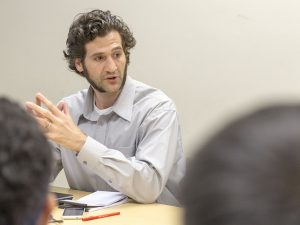
Paulo Shakarian
School of Computing, Informatics, and Decision Systems Engineering
Shakarian has won four awards — three from DOD sources and a fourth internally funded by ASU and this DURIP award will help to augment most of them via new workstations to alleviate a bottleneck in ongoing research efforts due to inefficient equipment
Shakarian’s Cyber-Socio Intelligent Systems Lab specializes in the development of artificial intelligence-based systems that address significant challenges in the areas of social network research and cybersecurity.
“The main bottleneck we had was that we wanted to do more analysis on ‘big data’ by loading all of the datasets into memory,” Shakarian says. “For instance, we do work on social influence and want to study the retweet history of millions of tweets — this works much better if we can keep all the data in memory instead of accessing the hard disk which is a much slower operation.”
The DOD-sponsored efforts include a study on social influence, the study of inhibition of information cascades and a study of cyber-attribution. Additionally, the fourth effort, is combining game theory and data mining to aide in the defense against cyber-attackers who leverage zero-day exploits purchased on the dark web and will bridge Shakarian’s research efforts in both cybersecurity and social networks.
Media Contact
Erik Wirtanen, erik.wirtanen@asu.edu
480-727-1957
Ira A. Fulton Schools of Engineering


